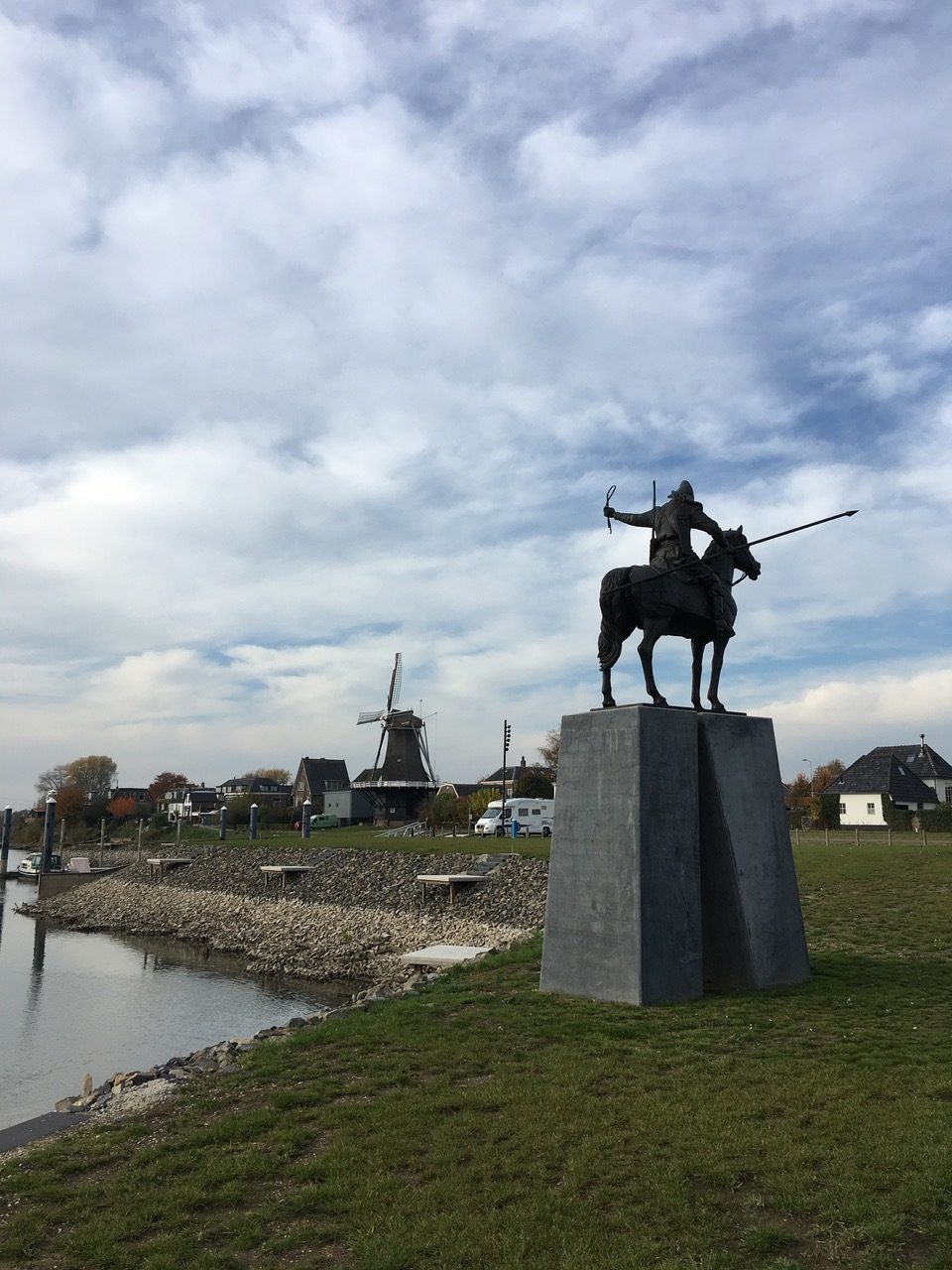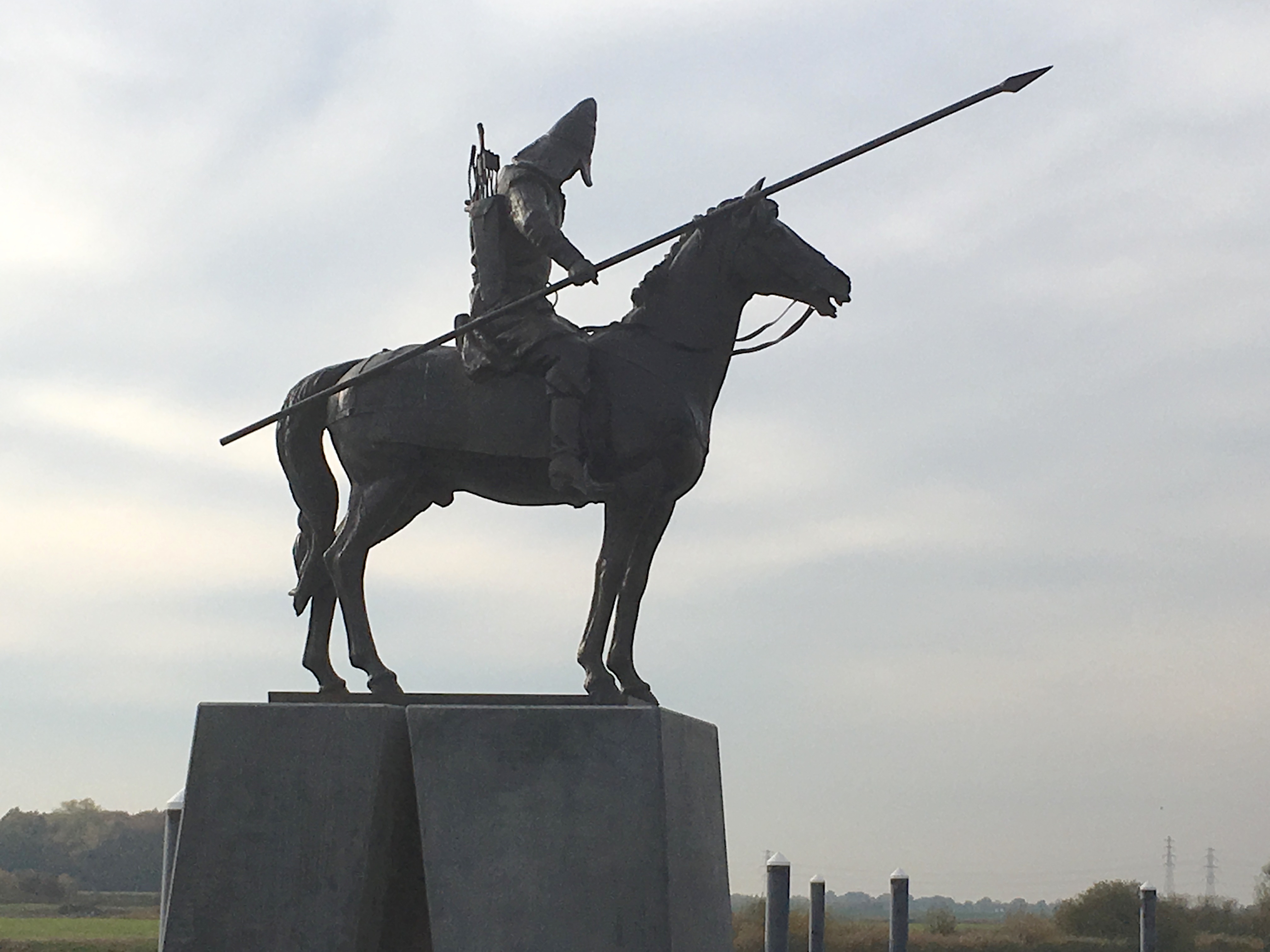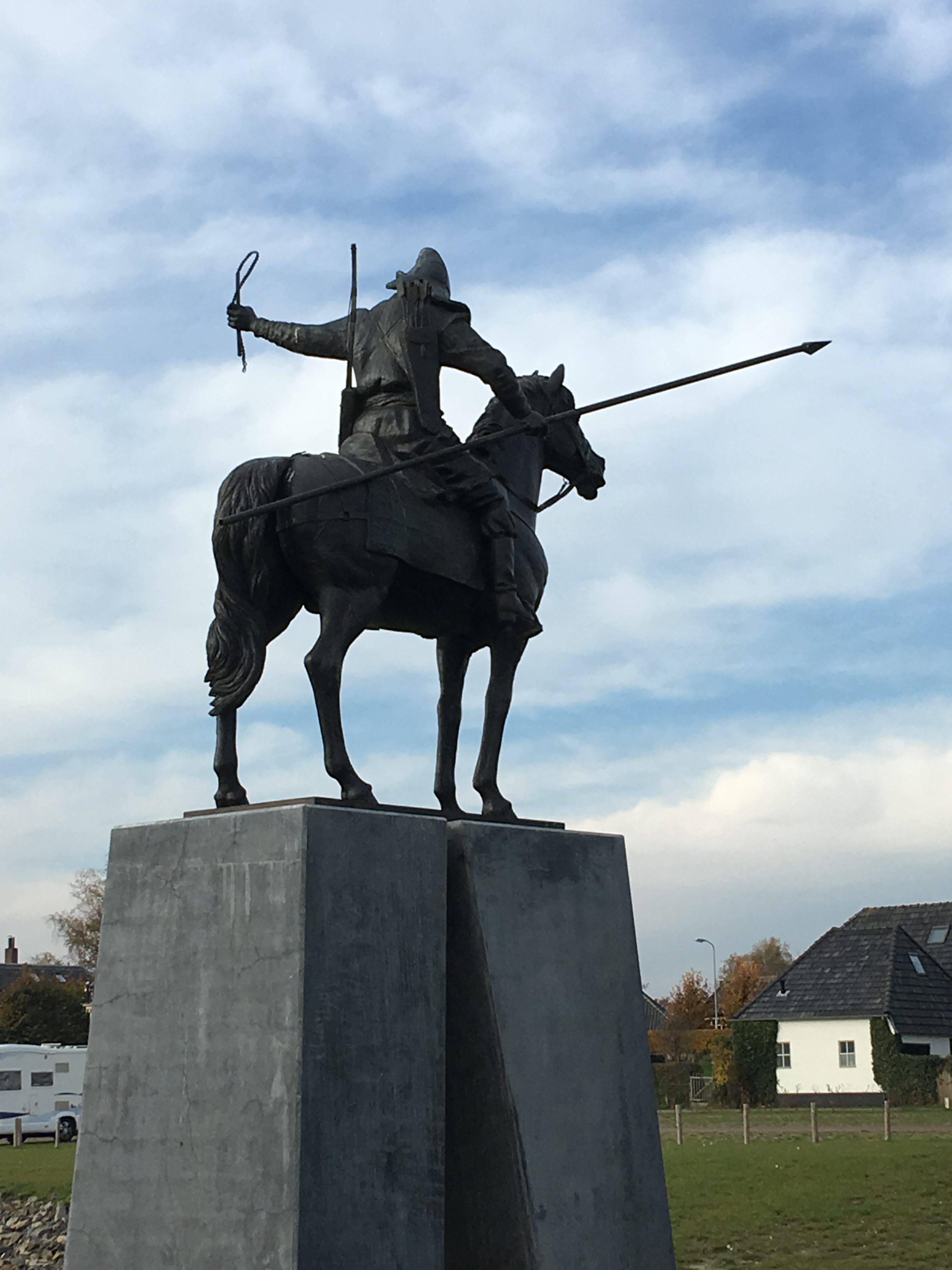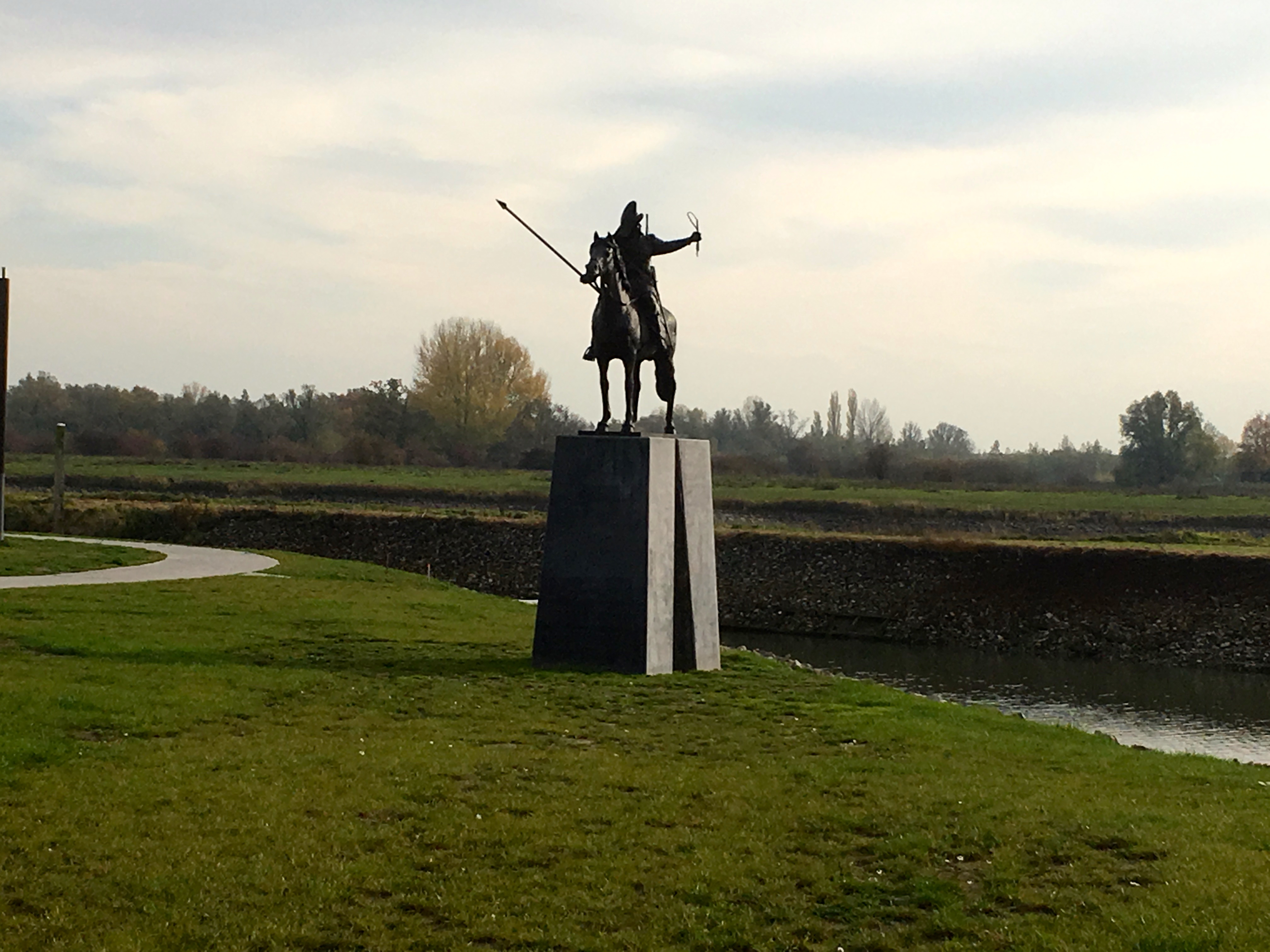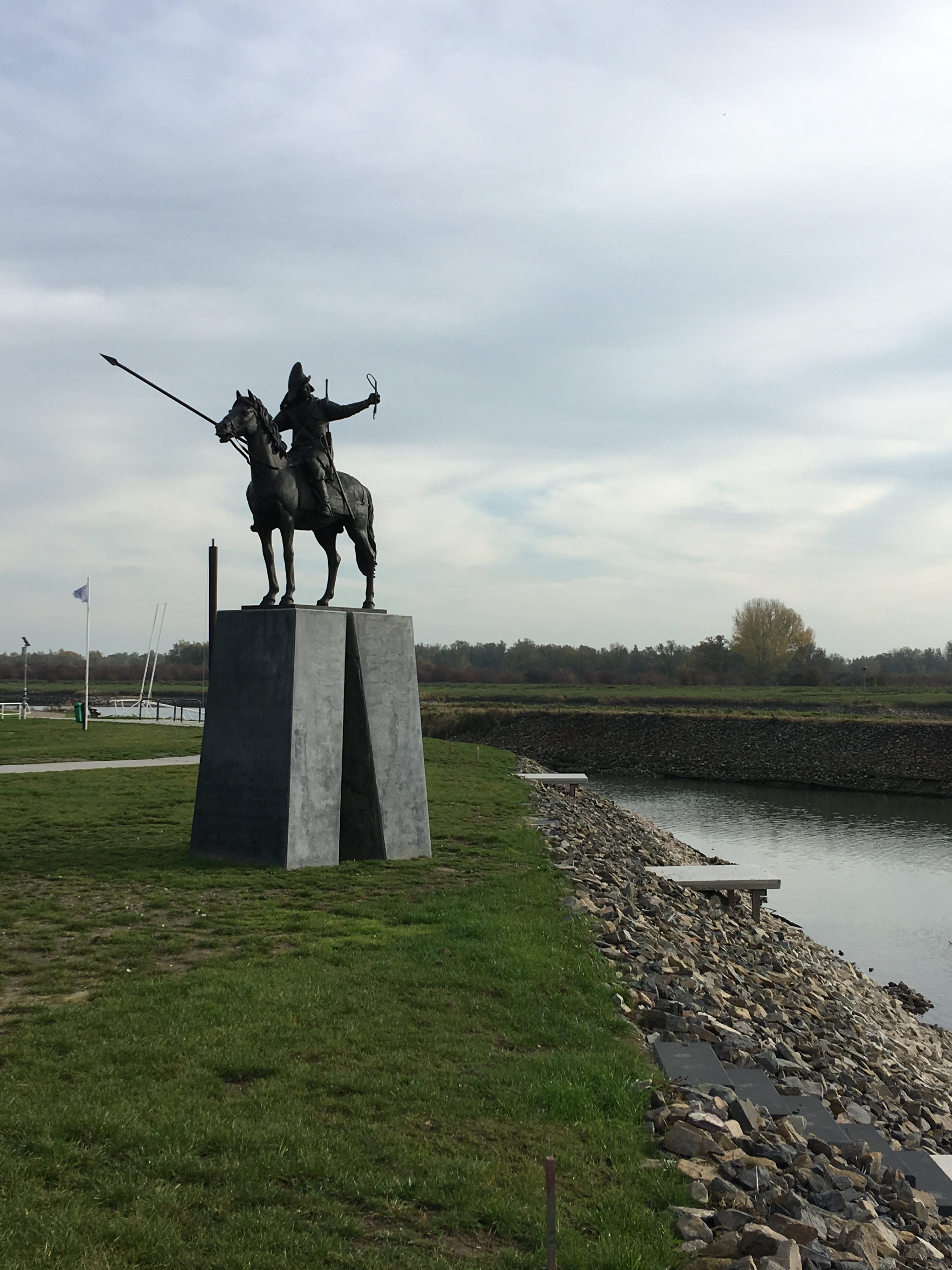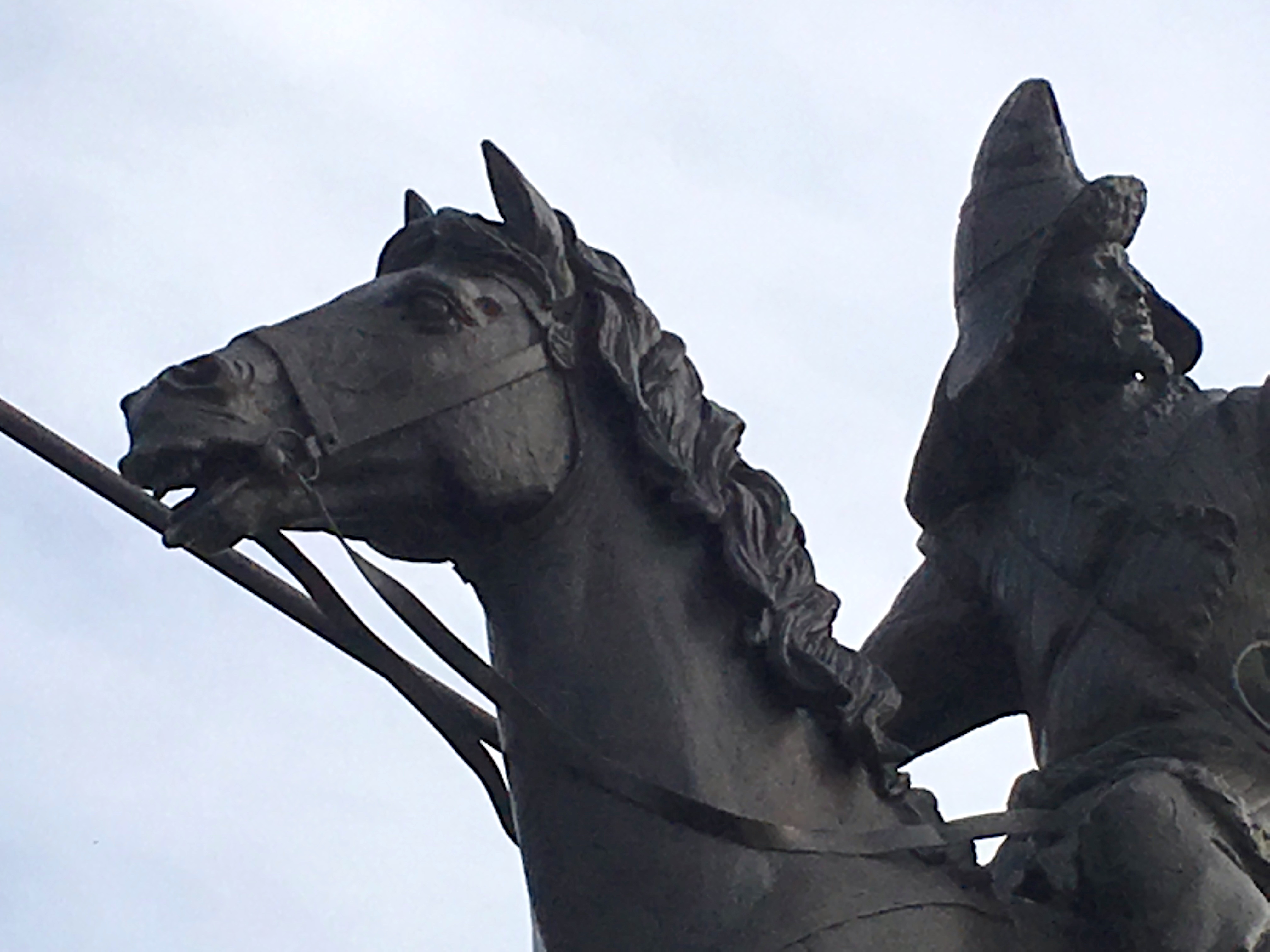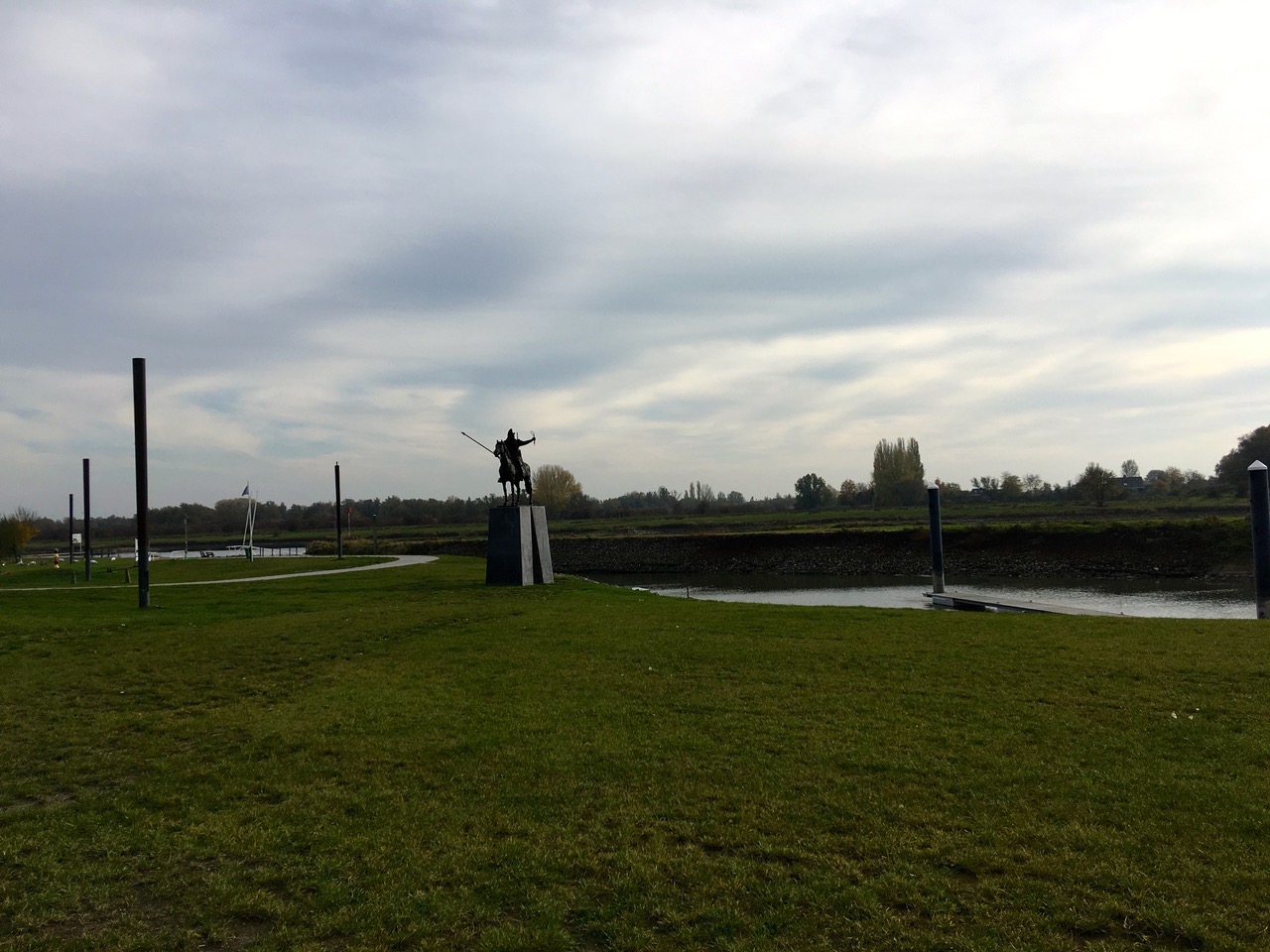- CountryNetherlands
- Town:Veessen
-
Year of creation:2017
- Rider(s):Bashkir horseman
The monument commemorates the 1stBashkir Regiment, which in November 1813 placed a ship-bridge across the River IJssel near Veessen during the campaign in The Netherlands of the Sixth Coalition against Napoleon.The leader of the campaign was general Alexander Christophorovitsh count von Benckendorff (1763-1844), who gave orders to place the ship-bridge. After his unsuccessful attack on the city of Deventer, which was still occupied by the French, he had the city surrounded and located the bivouac of the 1e Bashkir Regiment in the neighbouring village of Wijhe (in between the cities of Deventer and Zwolle) on the shore of the River IJssel. The ship-bridge made it much easier to cross the river and in the following weeks the bivouac grew into an important transit centre for the allied troops moving in the direction of the Western part of the country, as well as for the return of deserted Dutch conscripts of the Napoleonic army. The ship-bridge lasted for about 2,5 months till high waters made it impossible to maintain.The exotic Bashkir, which originate from the Southern Ural, made a strong impression on the local population. Armed with a long lance, a lash, sword and bow, these horsemen on their though small horses formed an intimidating and flexible weapon of the Russian army for which Napoleon did not have a strategic reply ready. Because the Bashkir were keen bowman, they where nicknamed by the French “the cupids from the North”, which became their sobriquet. Although only a mere 300 Bashkir horseman where involved in the campaign of Benckendorff in the Netherlands, their impact far outreaches their relatively small number.
Ignoring the orders of his superior to wait for reinforcement at the shore of the River IJssel, on the request of the provisional commander of the capital city’s militia, Benckendorff with a relative minor amount of troops embarked on a daredevil campaign to liberate the Western part of the Netherlands, heading first for Amsterdam. By avoiding direct confrontation with French strongholds, his Bashkir and Cossack cavalry were able to reach the capital city of Amsterdam behind the French lines, while he reached the city port by fishermen’s ships through the darkness of the night. This caused euphoria of anti-French sentiments under the population of the capital. It made the ambiguous provisional city government to change sides from the French to the provisional national government of the Free Netherlands in The Hague without bloodshed. As the Amsterdam bourgeois elite was more progressive than the provisional national government in The Hague, this significantly influenced the basic concept on which the new head of state of the Netherlands was proclaimed. Instead of becoming ‘Stadtholder William 6th‘ (the conservative stand), or an absolute monarch, which the Orange dynasty strived for, the Prince of Orange was offered to become the sovereign William 1st under a Constitution, which protects the democratic rights of citizens. It became the basis of the constitutional monarchy of the Netherlands today.
- Sculptor(s):Taratynov, Alexander
The sculptor, Alexander Taratynov (1956), originates from Russia and today lives in Castle Strijthagen (ArtLand) near Maastricht in the South of the Netherlands. Possibly his most famous bronze monument is “De Nachtwacht” at the Rembrandtplein in Amsterdam. His monumental statutes and other works of art can be found both in the Netherlands and in private collections and public spaces all over Europe.
High water in the IJssel river, resulting in a very Dutch installation of the sculpture


